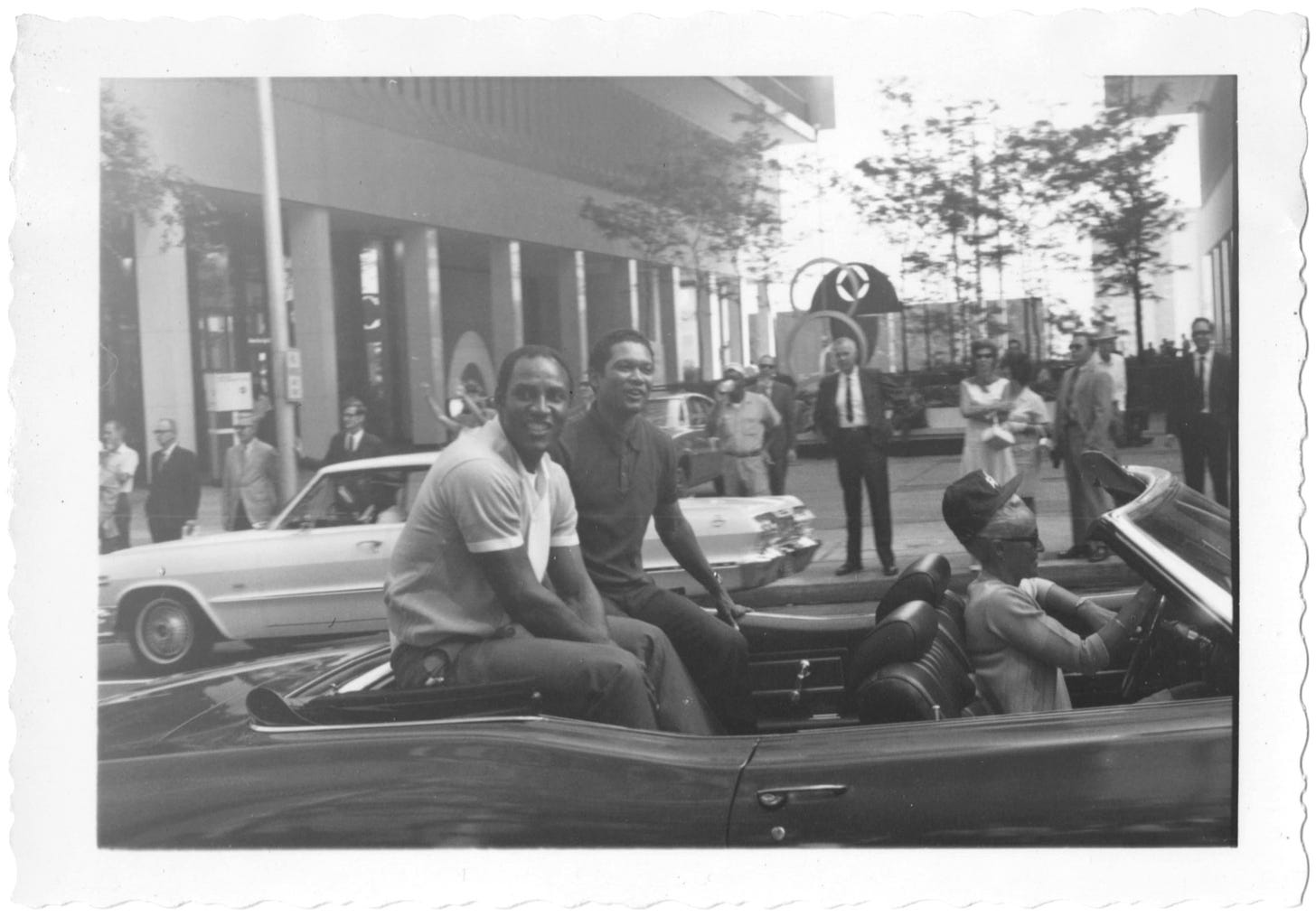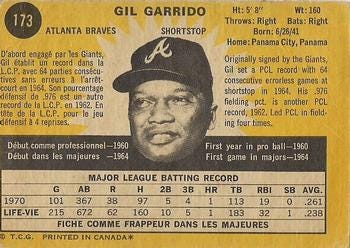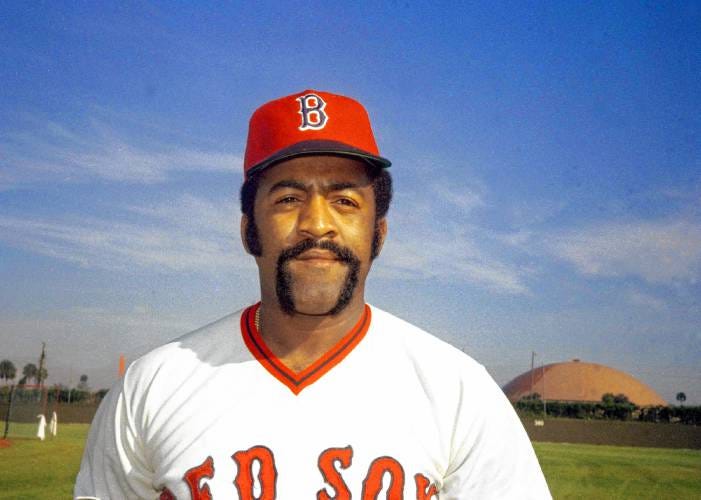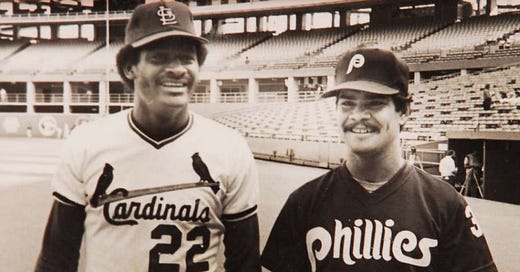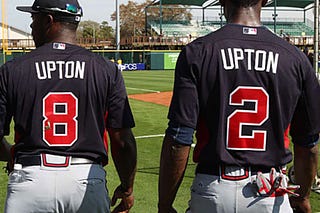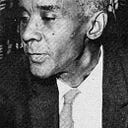
Discover more from The Red Black Green Baseball Blog
Notable Black Baseball Families Part 1
The first entry in an article series on Black families from throughout the entire African diaspora who have had multiple members make notable contributions to the sport of baseball.
Introduction
Baseball is heavily associated with family, as the love for the game is often passed down from an elder family member to a younger one. My earliest memories of the game of baseball involve me spending time with my father at his house watching Derek Jeter and the Yankees on ESPN Sunday Night Baseball.
This article series will not only focus on African-American families that have played in the Negro Leagues, Latin American Winter Leagues, MiLB, and/or MLB but notable Black families from throughout the entire African diaspora who have had multiple members make notable contributions to the sport.
Check out my online portfolio for all of my work at different venues: https://www.clippings.me/users/tangibleuno
Gil Garrido I & Gil Garrido II
Our first father-son duo is a pair of Afro-Panamanian infielders who followed similar career paths and feature a lot of similarities in their player profiles.
Gil Gonzalo Ortega Garrido I
Gil Garrido I is an Afro-Panamanian infielder who played in the Negro Leagues during the 1944 and 1945 seasons. Logging 20 games at second base, 12 games at third base, and 7 games at shortstop, he was the utility man for the New York Cubans.
His career slash line was .216/.289/.224 across 130 plate appearances. At 103 years old per Baseball Reference, he is the oldest living professional baseball player to have played in the Negro Leagues or MLB.
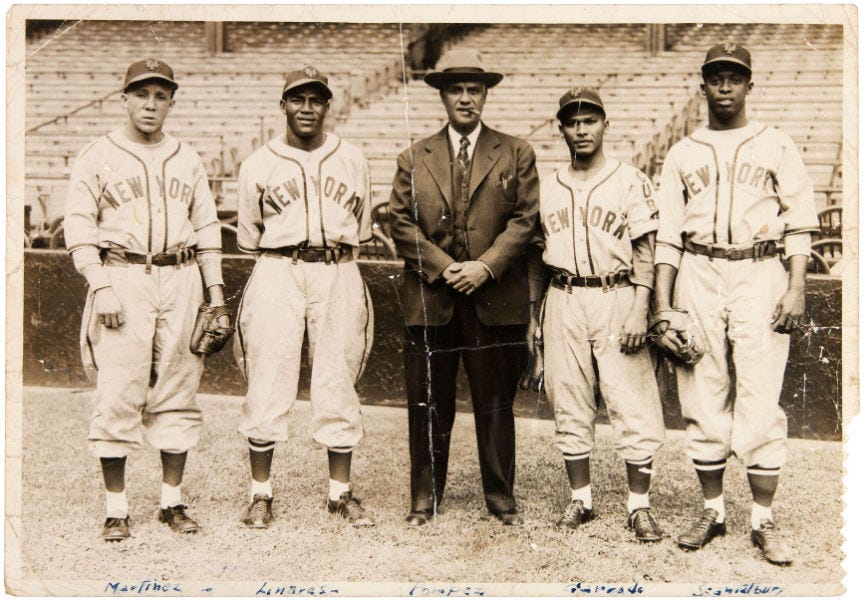
Gil Gonzalo Ortega Garrido II
Gil Garrido II was an infielder who played 6 seasons with the San Francisco Giants and Atlanta Braves. He joined the Giants organization at the age of 19, signing with them as an amateur before the 1960 season. He played in their farm system from 1960 to 1964.
The second-generation Afro-Panamanian infielder made his MLB debut versus the Reds during the 1974 season at the age of 23. He played in only 14 games during his first year, from April to June. He was sent back down to the Giants’ Triple-A affiliate during the 1964 season, and would never make another appearance at the MLB level with the team that signed him as a teenager.
After toiling on the Triple-A roster of the Giants for two years, the San Francisco Giants traded Garrido II to the Atlanta Braves for $15,000 dollars and a Triple-A infielder named Marv Breeding during the 1966 season.
Rico Carty on the left and Gil Garrido II on the right during the 1969 Atlanta Braves parade for reaching the NLCS. Credits: Atlanta University Center’s Robert W. Woodruff Library
Assigned to the Braves Triple-A roster for another two years, the 27-year-old Garrido II’s return to MLB would happen during 1968 with an 18-game cameo. The next year he’d play 81 games at shortstop for a 1969 Atlanta Braves team that won 93 games and almost reached the World Series, losing to the Mets in the NLCS.
He would play with the Braves at the MLB level for another three years, spanning from 1970 to 1972. His final year in professional baseball would be 1973, which he spent with the Braves Triple-A affiliate. After retiring, he was a scout and coach in the Atlanta Braves organization.
Garrido II went 237/.286/.268 in 955 plate appearances across 334 career games played during his MLB career. He made 317 total defensive appearances in his six years on an MLB 25-man roster: 234 at shortstop, 65 at second base, and 31 at third base. Per Baseball Reference, Garrido II is 81 years old and still alive.
Luis Tiant II & Luis Tiant III
Luis Tiant II and his son Luis Tiant III are two of the greatest Cuban pitchers to have ever stepped foot on a mound. The careers and player profiles of both have tons of similarities and complete opposites.
One is known for his time in New York. The other is known for his time in Boston. Both Afro-Cuban strikeout artists pitched in three different decades, and it is arguable that both individuals should be enshrined in Cooperstown.
Luis Tiant II
Born in 1906 on the island of Cuba, the elder Tiant played from 1926 to 1947 in the Negro Leagues, Cuba, Mexico, Dominican Republic, and on barnstorming teams in the United States.
His professional career began on the island of Cuba when he was 20 years old. He was 22 years old when he made his stateside debut on a barnstorming team in 1928. Tiant II is most known for his time dominating the Negro Leagues as the ace of the New York Cubans during the 1940s.
At 5’10’’ and 150 pounds, the left-handed power pitcher garnered the nicknames “Lefty” and “Sir Skinny” because of his very slight stature. Tiant II was extremely undersized but still succeeded in professional baseball’s most competitive venues.
His arsenal featured a fastball, curveball, and slider that were described as effective power pitches. His best and fourth pitch was a “devastating” screwball. He also threw a spitball and knuckleball. His control was described as “uncanny”, a testament to his ability to direct his arsenal. He featured a Johnny Cueto-esque windup and delivery, being able to pause, shimmy, and change arm angles.
In an era dominated by groundball and flyball pitchers, Tiant II was the rare strikeout artist because of his arsenal’s quality and the ability to command it in combination with the deception he could induce with his delivery.
He had a reputation for being a hot head and a head hunter, as his peers in the Negro Leagues have told stories about being intentionally hit by his pitches. He endeared baseball fans with his expressive personality during his playing days.
1947 was Tiant II’s final season, but it was also his magnum opus. During the regular season, the 40-year-old legend went undefeated with a 2.37 ERA, winning ten games in 11 starts and making three relief appearances. He threw six complete games and tossed a single shutout. The ball club went 46-21, finishing first in their division.
On a New York Cubans team that featured one of the greatest left sides of an infield ever in third baseman Minnie Miñoso and shortstop Silvio Garcia, Tiant II led them to the 1947 Negro League World Series against a star-studded Cleveland Buckeyes team that featured future MLB players catcher/manager Quincy Trouppe, center fielder Sam Jethroe, and third baseman Al Smith. The Cubans won the series in six games, cementing Luis Tiant II as one of the greatest Black pitchers of his era.
Tiant II passed away in 1976 at the age of 70 years old.
Luis Tiant III
Born in 1941, he grew up in Cuba and displayed an ability to pitch at an early age. MLB teams sent scouts after Tiant III and his father Luis Tiant II refused to let him pursue a professional baseball career out of fear of him being a victim of racism and paltry pay. Tiant II was looking back on his own experiences during his legendary three-decade career.
Longtime Cleveland third baseman and scout Bobby Avila convinced Tiant II to let his son play professionally, as they knew each other from their days in the Mexican League during the 1940s. Tiant III would eventually join the Cleveland Indians farm system after three years in the Mexican League. They purchased his contract in 1962 and he made his MLB debut in 1964.
Luis Tiant III possessed similar pitching mechanics and was a power pitcher who threw a fastball, curveball, and slider. He differed from his father in that he had a stocky build and was a bit taller, standing around 6’1’’. He did not throw the signature pitch of his father, the screwball. Tiant III also shared the ability to garner strikeouts with his father, as he was one of the most prolific strikeout artists of his era. He also employed a deceptive windup that included pauses, hitches, and twists.
Tiant III’s MLB debut is one of the greatest performances by a starting pitcher in their first game. After going 15-1 with Cleveland’s Triple-A affiliate, they called the 23-year-old up to the majors to face the defending World Series champions New York Yankees at Yankee Stadium with Whitey Ford starting.
The second-generation Afro-Cuban starting pitcher threw a complete game shutout, allowing just four hits and striking out 11 Yankees. Cleveland won 3-0, shutting down a potent Yankees lineup led by Roger Maris. He would go on to play six seasons for Cleveland, putting up a 2.84 ERA in exactly 1200 innings pitched. He finished with a 75-64 win-loss record
Tiant III would struggle would with injuries after he was traded from Cleveland to Minnesota in December 1969. He was released by the Twins and Braves in 1971 before reestablishing himself with the Boston Red Sox during the same season.
In 1972 he led all of MLB’s qualified pitchers in ERA. The one known as “El Tiante” put up a 1.91 ERA across 43 total appearances that included 19 starts, 12 complete games, six shutouts, and three saves in 179 innings pitched. He would wind up winning 121 games in eight seasons with Boston, posting a 3.36 ERA in 1774.2 innings and helping the Red Sox reach the World Series in 1975.
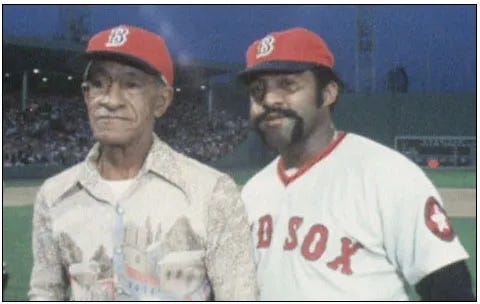
One of the most iconic players to have played for both the Boston Red Sox and the New York Yankees, he spent two years in pinstripes. At the ages of 40 and 41, he made brief cameos with the Angels and Pirates before retiring in 1982.
Tiant III’s career spanned nineteen seasons, winning 279 games and posting a 3.30 career ERA. He played in three All-Star Games, won two ERA titles, and won more than 20 games four times.
Further Reading/Resources
Red Sox Great Luis Tiant on Reuniting with His Father After 14 Years:
https://lithub.com/red-sox-great-luis-tiant-on-reuniting-with-his-father-after-14-years/
Luis Tiant II’s Biography by The Society of Baseball Research:
https://sabr.org/bioproj/person/Luis-E-Tiant/#sdendnote30anc
Luis Tiant III’s Biography by The Society of American Baseball Research:
https://sabr.org/bioproj/person/Luis-Tiant/
Ace Issue Not Black and White:
https://www.sun-sentinel.com/news/fl-xpm-2005-09-21-0509200623-story.html
Gil Garrido I’s stats:
https://www.baseball-reference.com/players/g/garrigi02.shtml
Gil Garrido II’s stats:
https://www.baseball-reference.com/players/g/garrigi01.shtml
Luis Tiant II’s stats:
https://www.baseball-reference.com/players/t/tiantlu02.shtml
Luis Tiant III’s stats:
https://www.baseball-reference.com/players/t/tiantlu01.shtml



